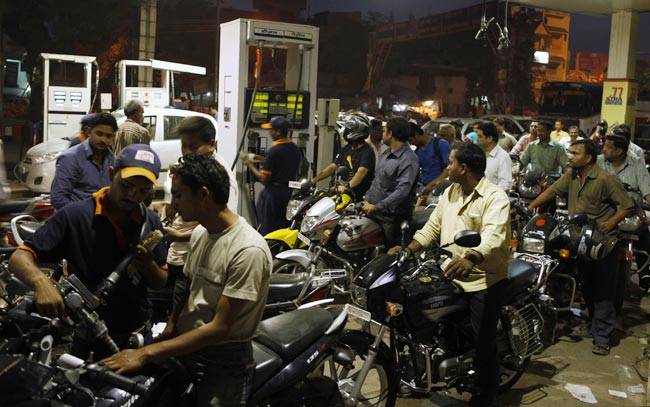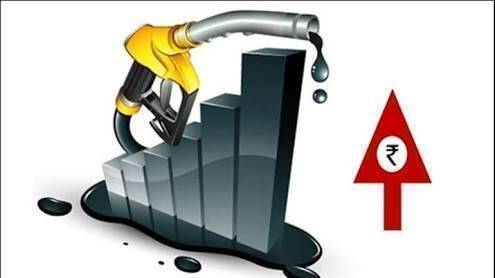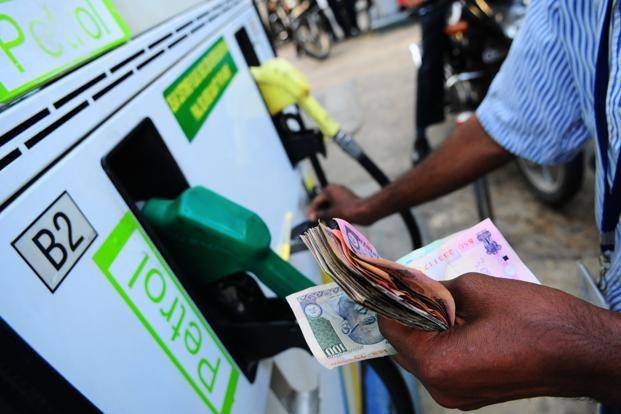Just an hour ago, oil companies yet again have increased Petrol and Diesel prices by 10 paisa and 30 paisa per litre respectively. This has come nearly a week after the central government and 12 other states cut down fuel prices Rs 2.5 each. Experts believe that public ire over high fuel prices and fear of imminent defeat in five election going states have triggered the government to cut down soaring fuel prices.
Let’s keep politics for future and discuss what does it take to increase fuel prices in our country?
High Crude oil prices: We all know that crude oil prices have increased significantly in the recent past. Earlier in February 2016, crude oil prices were USD27 per barrel, which have shot up to over USD70 per barrel today.
1 barrel equals to around 162 litres.
Increase in demand: Petrol and diesel pump prices in India surged to record highs. India is the third largest oil consumer on the planet. Trust me, a lot of money goes into this. It also means that we are running more vehicles than rest of the world. Earlier in May, domestic sales for diesel and petrol rose to record highs, raising pressure on the government of India to find a solution to provide relief to consumers without taking a hit to exchequer.
India imports 80% fuel: Nearly 80% of India’s crude oil requirement is imported. We are dependent on other countries for our fuel demands. Hence, global factors are largely responsible for high fuel prices in India which also has potential to depreciate rupee against dollar. India’s oil import bill is more than the GDP of many small countries in the world.
Heavy taxes on petrol and diesel: India’s retail price for diesel and petrol is maximum among many neighboring countries because fuel is heavily taxed by the central and union authorities, accounting for about half the cost of petrol and over 40% of the diesel price.
Great global oil price slump. What’s that?
Four years ago, when the prices of crude oil were too low, government of India decided to deregulate petrol and diesel prices. Diesel prices were de-regulated in 2014, while petrol prices were already free from government’s control, 7 months ago.
Why fuel prices were deregulated?
Reportedly, Oil marketing companies (OMC) were making heavy losses due to massive burden of subsidized fuel to retailers. Furthermore, lag in payment of subsidies by the government messed up the finances of OMCs, who were forced to borrow heavily to bridge the gap between the selling price and their cost.
What else is pushing fuel prices in India?
- Some oil producing countries are mulling to raise fuel prices
- OPEC and Russia have agreed to cut oil output in a bid to clear global glut of crude.
- Falling production in Venezuela and geopolitical tensions.
- Experts believe, India’s energy demand is expected to grow at 4.2% over the next 25 years.
What price control measures should India take?
- Cut-down heavy taxes on petrol and diesel
- Regulate fuel prices again
- OMCs must absorb some fuel cost to give a relief.
Post your queries in the comment section below. Ask more questions because more you ask more you learn.




